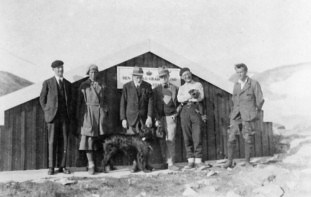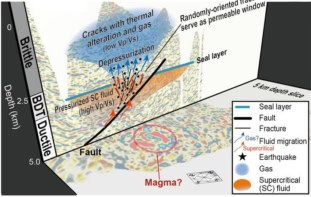
In places beneath Vienna, the depth of sediment containing man-made material is as much as 42 m. And although Kira Lappé of the University of Vienna expected the largest amounts of man-made debris to lie underneath the middle of the city, the highest figures were at the edge, beneath landfill sites.
People in Vienna have deposited more anthropogenic material in the last century than in the whole history of Vienna, Lappé told a press conference at the European Geosciences Union (EGU) meeting in Vienna.
Lappé and colleagues examined roughly 63,000 well cores extracted to check Vienna’s geology before construction work between 1844 and today, as well as data from more than a thousand archaeological digs. Two-thirds of the well cores contained anthropogenic deposits; the depth of anthropogenic sediment ranged from 2 cm to 42 m – at the Rautenweg, a waste disposal site created in the 1960s where this figure is projected to reach 75 m.
In the centre of Vienna the anthropogenic sediment was up to 12 m thick, where the city’s fortification walls, built in the 16th century, were knocked down in the mid-19th century. Shortly after this, in 1862, geologist Eduard Sueβ was first to map anthropogenic debris beneath Vienna – he included the material from the fortifications in the second version of his map.
Outside the main entrance to the Austria Center Vienna, where the EGU meeting is taking place, the anthropogenic sediment is more than 8 m thick, whereas beneath the press centre inside the building it’s less than 1 m thick, Lappé revealed.
The scientists will also create a digital elevation model to examine changes in the surface level of the city, while artist Katrin Hornek will animate the well-core data to produce a piece that helps people imagine, feel and examine the meaning of these hidden manmade deposits.



